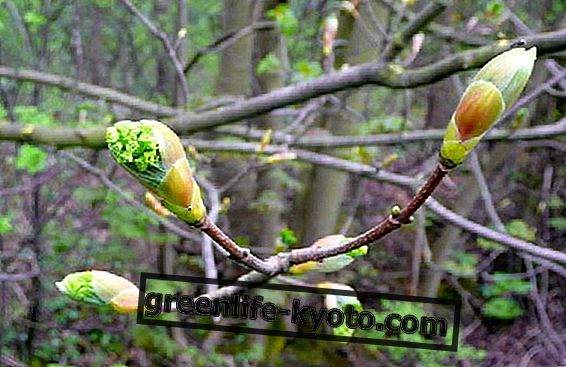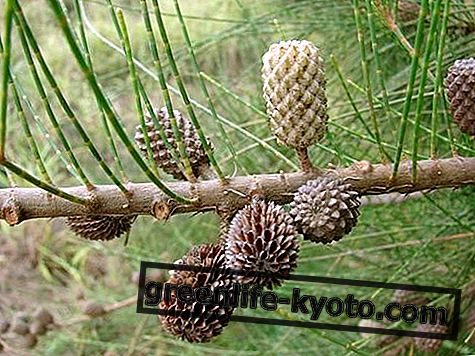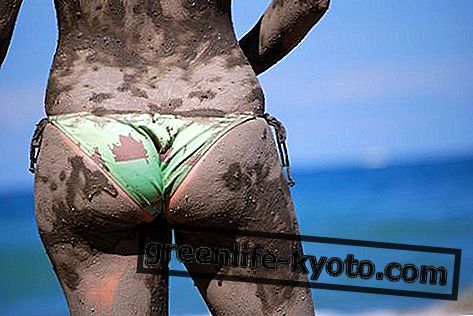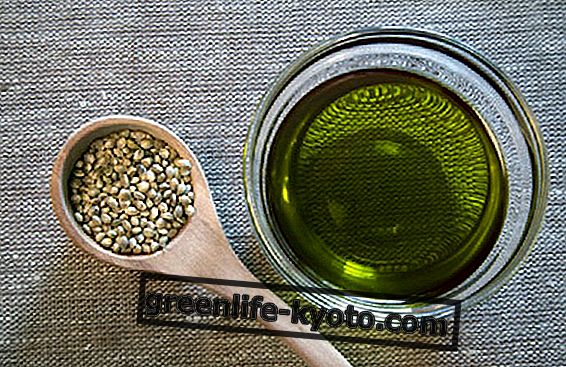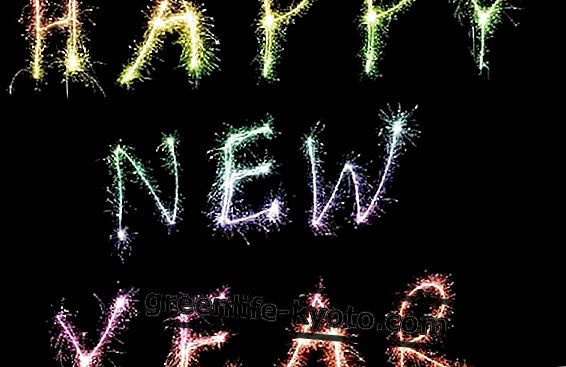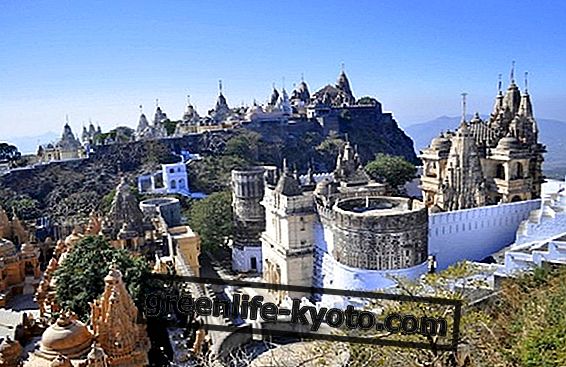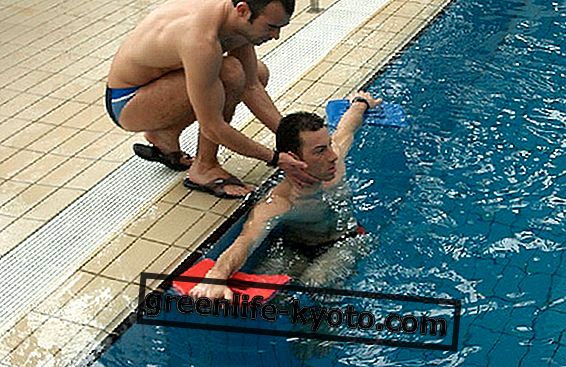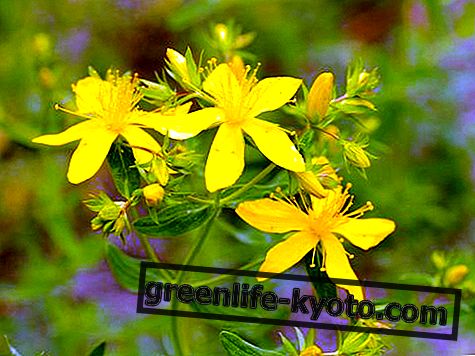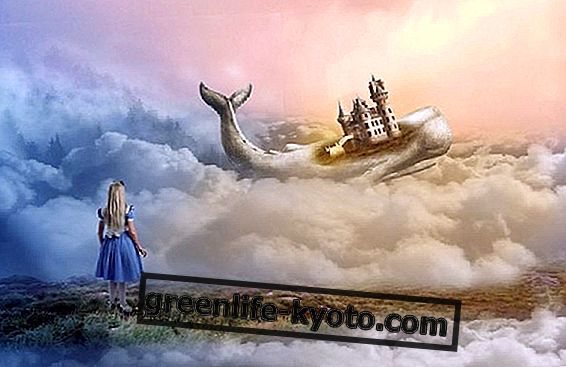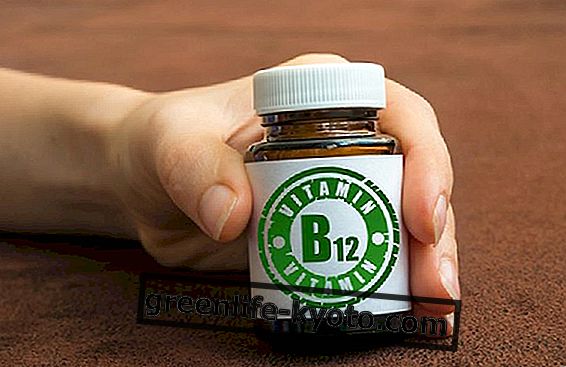
In all yoga and sapiential disciplines the opening of the chakras is a classic and unvaried path, although the tools to tackle this path, the techniques used to induce openness and the experiences related to this phenomenon may be different.
The process is repeated without exception: the Kundalini that resides in a latent state in the Muladhara, the root chakra, is awakened and allowed to flow towards the remaining chakras, opening them one by one from the bottom to the top until, once the last one is opened, Sahasrara or crown chakra, the consciousness is free to experience various types of Samadhi (absorption in consciousness-absolute existence-joy), Nirvana (extinction) and Moksha (liberation), states of consciousness where the ego ceases to exist and the individual gets lost in the transcendent " like a salt doll in the ocean ".
All traditions tell us that following this liberation, the human body cannot hold for a long time in direct contact with the glow of this absolute solar energy, in fact it follows a voluntary detachment from the physical body, the so-called Mahasamadhi, the great absorption from which consciousness no longer returns to the physical body.
The philosophy behind the opening of the chakras
This process justifies a whole philosophy (or perhaps a manifestation of it) according to which the entire phenomenal universe would be an illusion from which it is indispensable to free oneself, an incomprehensible and meaningless game in which the divine is projected, and which the final goal it is to get rid of them or, in some nobler cases, get rid of them after helping those still in the darkness of ignorance to get rid of them.
Before integral yoga only the ancient Vedic rishis and tantric disciplines dared to suppose that the phenomenal, relative and multiple universe was the divine itself, the Shakti, its primordial energy in action, so the idea of breaking free and detaching from it it lost its meaning and the purpose became to transform the human receptacle allowing the Shakti to manifest its transcendental attributes, the siddhis or perfections, paranormal powers stigmatized by all the other yogas as often cause of perversions, failures and deviations from the path.
It is known that for the human being the management of power is a hard and corrupting thing as long as the ego is around. But not even tantra succeeded in his final final intent, as he used the same classical chakra opening process from bottom to top that invariably leads to the Mahasamadhi.
The difficulties of opening the chakras
On the other hand, that this path of Kundalini awakening is potentially dangerous is attested in all the yogic traditions. First of all, the presence of a guru (a teacher) or the scrupulous execution of what is reported in the shastra (sacred texts) is indispensable . This is because the Kundalini awakens in the low centers, relative to the unconscious and subconscious states, full of animal material, proto-human and infra-human, unenlightened, ignorant, atavistic material, which suddenly pours into consciousness.
Even as we climb the chakra scale, we still have to open chakras related to appetites, to the craving for domination, to the deformed force, before reaching the heart where higher emotions and feelings begin to be experienced.
Going up again, the siddhis arrive, the aforementioned powers that very often have caused a deviation from the path. Finally, as a consegunza of final enlightenment and liberation from the ego, as described, the yogi frees himself from the phenomenal body and universe.
The opening of the chakras in integral yoga
A revolution in this sense was brought about by the integral yoga of Sri Aurobindo, revolutionary both in the political scene of the time and in yoga. After experiencing the condition described as Nirvana while continuing to lead an active life, he experienced a spontaneous phenomenon that until then was unique, tried and confirmed later by Mirra Alfassa, the Mother: consciousness did not awaken with the opening of the chakra of the root but above all with that of the crown chakra.
Normally this in practical terms means Mahasamadhi, what a doctor would call death. Yet Sri Aurobindo continued to live and be witness to an innovative process, unknown until then and able to synthesize not only the desired liberation in orthodox yoga but also the transformation of the body dreamed by the Tantrists .
Shakti, instead of rising from below in the form of individual unrolled kundalini, descends from above opening the mind first and pouring all the necessary light and knowledge into it in order to proceed down the slope towards ignorance and unconsciousness.
Why in fact never starting from darkness without a light, if not that of a rare guru certainly not within everyone's reach? The descent of the shakti, therefore, continues through the various levels of the mind bringing the necessary palingenesis, then lower down to transform the vital apparatus and finally pours into the unconscious planes, trying to enlighten the secrets to day .
But are we sure that Muladhara is the last chakra? Through this process the Mother tells us that there are further lower chakras, related to even more obscure, refractory and involute levels of consciousness, defined nescienti and related to a past not only prehuman but even pre-animal and perennial.
Changes according to integral yoga
What does all this entail?
> We are not personally doing the work through techniques and instructions in the midst of our ignorance but it is Shakti herself who makes the necessary changes, omnipotent. The need for gurus and shastras declines . What is required is absolute sincerity and absolute active abandonment (surrender) ;
> The journey is personalized, the Shakti uses different processes and phases for each individual, pushing it through unique experiences.
> The end result is not a renunciation of the body but a descent into the depths of the body of absolute consciousness, capable not only of managing the siddhis so far stigmatized but also of concretizing a transformation of matter, a conscious evolution, without having to leave this illusion or valley of tears but with the ability to make it a cradle of immortal joy, the golden age . The famous " make all things new ".
